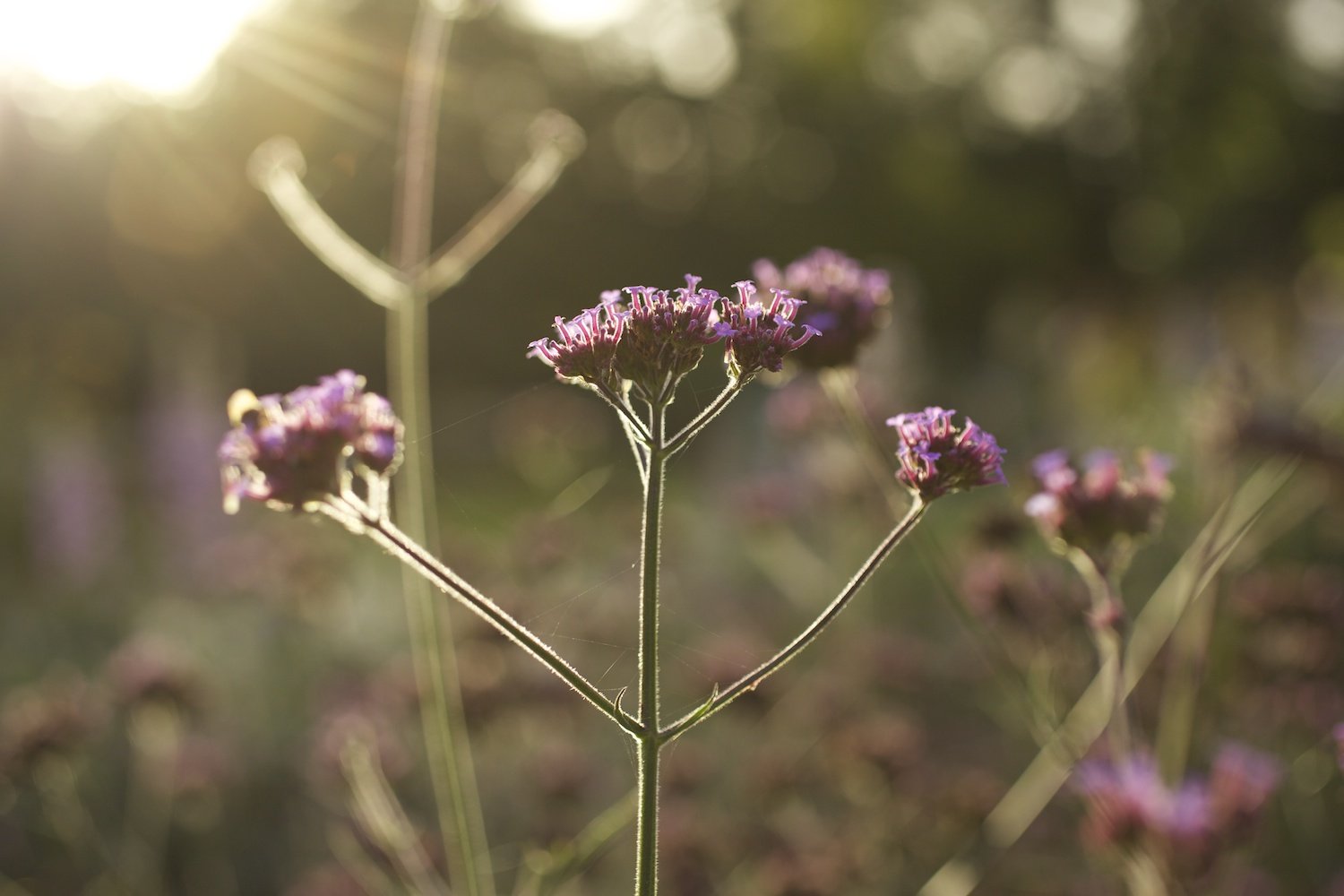What is Sustainability?
24 March 2022
The word ‘sustainability’ is frequently thrown around in conversation, and perhaps never more so than over the past year. With increasing numbers of people conscious of the earth’s ever-dwindling, finite resources and our reckless consumption of them, future discussions are likely to focus more on our carbon footprint and what people can do to support the climate agenda. Expect to hear sustainability featuring heavily in conversations of the future.
But with the terminology used in such a variety of ways, it can be difficult to understand what sustainability really means.
One of the original definitions, created by the Brundtland Commission in 1987, states, sustainable development; “meets the needs of the present without compromising the ability of future generations to meet their own needs.”
Essentially, it means extracting and using what we need to live now, but not in a way that prevents future generations from doing the same. Living within our means if you will.
But with so much of what we own and consume manufactured by companies or individuals other than ourselves, how do we know goods are produced sustainably?
Well, the honest answer is that we don’t. And to some extent we’re reliant on manufacturers and producers’ word, because we demand so many essential goods and services we simply cannot provide for ourselves.
There are ways to identify companies presenting themselves as more sustainable. Often appearing as logos on our products, there are a range of existing accreditations which recognise when official standards have been met. Whether these official standards are rigorous enough is a moot point, but you may have seen the ‘Forest Stewardship Council’ approved paper, the ‘Dolphin safe’ tuna or the ‘Rainforest Alliance’ certified coffee, which indicates to consumers these products have been sourced with sustainability in mind.
Above and beyond these relatively straightforward accreditations is what’s known as the B Corp certification of social and environmental performance. This difficult to obtain, voluntary certification involves a highly rigorous testing process requiring organisations to meet the highest levels of sustainable standards across their entire business. And they are required to meet these standards over and over to ensure they are maintaining them. You know if a company is B certified, they’re one to trust.
Many of you will no doubt have watched the recent Netflix documentary Seaspiracy and are questioning whether these accreditations are actually worth the paper – or plastic – they’re written on. Unsustainable by-catch from large trawlers going largely unpoliced and unpunished certainly brings into question the credibility of ‘Dolphin safe’ tuna labelling, for example.
What is clear though is that sustainability is not a static concept, and documentaries such as Seaspiracy, Cowspiracy and Kiss the Ground play an important role in holding current standards to account while challenging our own moral imaginations. They bring to light the parts of the production line that we, as consumers, are largely disconnected from. In turn, we too can challenge the way things are done. Challenge the unsustainable status quo.
Sustainability is not an end goal, but a constantly evolving concept requiring us to adapt accordingly. Practices that have been historically sustainable are no longer, and what we define now will surely need redefining in the future too. The problem is, we are so focused on the fruits of our labour we’re forgetting to look after the very thing that’s giving us those fruits. After all, if we look after nature, nature will look after us.
But you already know this. We all do. We know over one third of marine mammals are being threatened with extinction, 13% of global fisheries have collapsed while 420 million hectares of forest have been lost since 1990. All the while, 8 million metric tonnes of rubbish enters our oceans every single year. Yet, we also know the natural world has an amazing ability to regenerate and recover. If we’d only we give it a chance. The COVID-19 lockdown is not the only proof we have of this.
For years, farmers have known about the concept of regenerative farming, which breathes new life into the ‘fallow’ fields. By planting cover crops, farmers are able to keep these fields rich in nutrients and life, so they support the wider ecosystem while taking a break from producing crops. Farmers also refrain from planting the same crops over and over, so as to prevent the same nutrients from leaving the soil.
On an even smaller scale, this concept also applies to our own health & wellbeing. We know that if we don’t look after ourselves, we can feel run down and stressed and will eventually burn out. And in time, this can lead to chronic problems that require more drastic solutions. Burning the candle at both ends is, by its essence, unsustainable.
And our planet is no different. It can take a certain amount of stress over short periods, but it needs time to recoup and recover. Right now, we’re pushing it to the point of chronic stress. The question is: can we change our practices and systems quickly enough to all it to recover. All the time, the polar ice caps are melting. Many scientists believe critical tipping points have already been passed.
It is beyond any reasonable doubt we stand at a crucial point in time when we need to challenge what the real goal of sustainability is. Because, if increasing the amount of pesticides weuse to grow more crops, or farming salmon in pens that fail to replicate natural movement patterns, is as ‘sustainable’ as it gets, then we really are in trouble.
Follow Max on Instagram @maxfraserdesign




